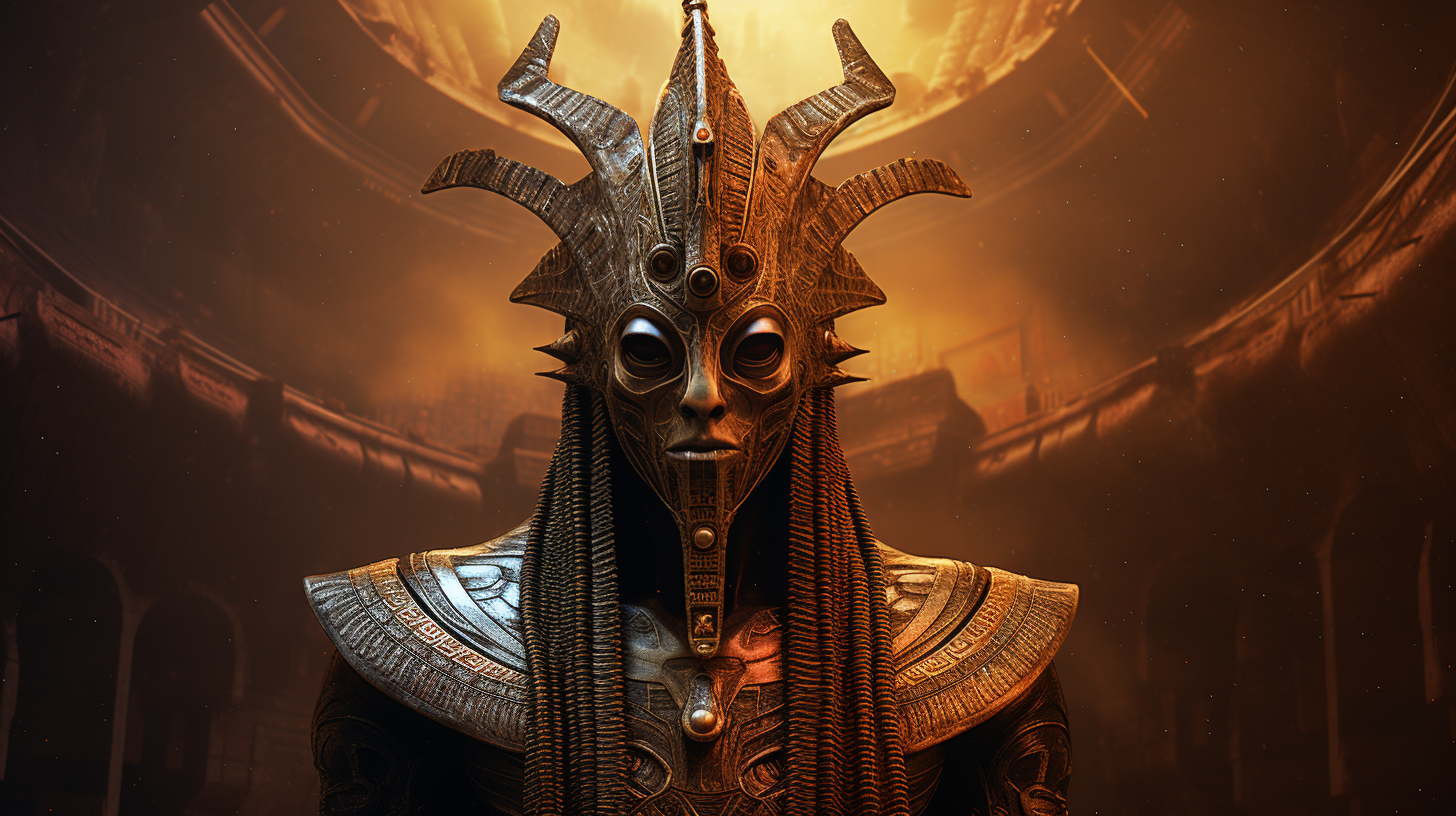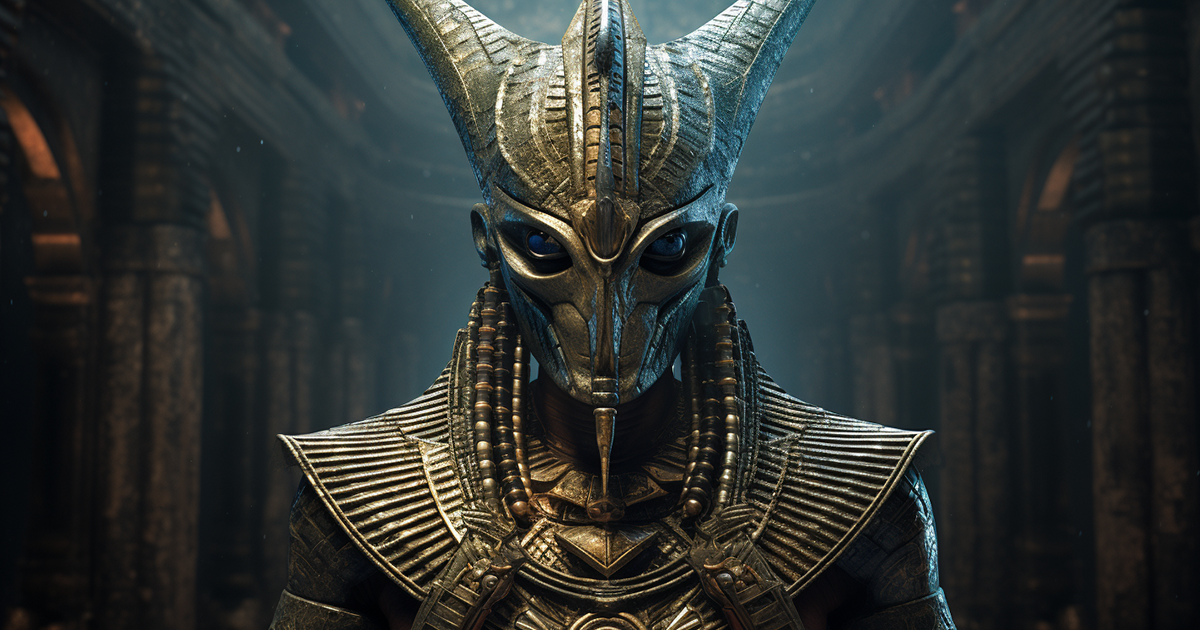
The ancient Mesopotamian artifact known as the Sumerian King List beckons us to embark on a mesmerizing odyssey through the annals of time. Let’s set aside conventional descriptors and, instead, immerse ourselves in the enthralling saga of these eight otherworldly sovereigns who once held dominion over Earth for a staggering 241,200 years, until the advent of the Great Flood reshaped the course of history.
An intriguing revelation from this age-old manuscript is the celestial origin of kingship, which first manifested in Eridug. The inaugural ruler, Alulim, rose to power and astonishingly reigned for a mind-boggling 28,800 years. While such an extended rulership may defy modern belief systems, it serves as a tantalizing enigma that beckons us to explore the cherished beliefs and tales of the Sumerian civilization.
Eridug, hailed as the cradle of civilization in the Sumerian King List, holds profound significance in the ancient Mesopotamian lore. Its association with the genesis of monarchy adds an aura of mystique to its historical eminence. Extending beyond Alulim’s enduring reign, the manuscript intricately weaves the narratives of seven additional immortal overlords, each wielding their own distinct tale.
Though the Sumerian King List may not furnish empirical proof of the events and timelines it recounts, it serves as a mesmerizing portal into the worldview of ancient Mesopotamia. While not a conventional historical archive, the document elucidates how early societies construed their origins and divinity-linked heritage.
The notion of immortality bestowed upon these primeval rulers incites contemplation and queries. Did these monarchs truly possess eternal life, or did their reigns symbolize deeper allegorical meanings? It’s plausible that their protracted regimes symbolized dynastic continuance or divine favor, rather than literal records of ageless reigns.
Moreover, the Sumerian King List kindles curiosity surrounding the Great Flood narrative it enshrines. While flood legends recur in diverse ancient cultures, the Sumerian rendition offers a pre-existing perspective predating renowned flood sagas. Delving into the parallels and disparities among these accounts can yield profound insights into the common human experience shared by antiquated civilizations.
To summarize, the Sumerian King List stands as a momentous relic that beckons us to traverse time’s tapestry back to civilization’s birth. By eschewing sensational embellishments, we can grasp the gravity of this historical manuscript and its pivotal role in sculpting our comprehension of ancient Mesopotamia. It serves as a poignant reminder that history unfolds as a labyrinthine blend of beliefs, narratives, and symbolism, awaiting our exploration and reverence for the opulent inheritance it bequeaths.
